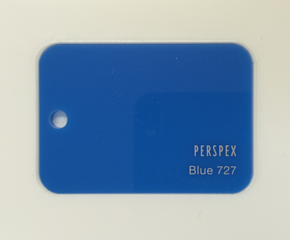Why even opt to produce plastic products? Firstly, plastic production commonly has the advantage of having fairly fast finish times, and in contrast to most materials there’s also the option of colouring plastic before manufacturing, instead of after. It’s significant malleability means that it possesses a comparatively low melting temperature, and it’s also far more light-weight than a number of other materials – both of these factors simplify the development operation. Moreover, plastics are comparatively inert and thus have high chemical resistance. Even with all of these benefits, plastic material is nonetheless not suitable for purposes that necessitate a very high structural integrity, and it is rather prone to wear and tear in the long-term.
Summary Of CNC Machining
CNC machining is a computer controlled subtractive process, which eliminates material from plastic as a way to create the chosen form. The computer is high-tech, with the capability to convert a design into numbers by using a computer aided design computer software program. The numbers are then competent to control the equipment to cut the necessary shape. To operate, the machines require an intermediate stage in the creation and validation of tool paths. Once the machine receives the tool paths, the subtractive procedure is started. Once the assemblage is complete, the component part is cleansed, smoothed, and cut. displaydevelopments.co.uk is definitely a site that has lots of up to date info about bespoke acrylic case.In case you’re looking at more details related to perspex fabrication uk this web site perspex stand manufacturer provides numerous more pages pertaining to acrylic perspex manufacturers.|{You might be looking at much more info in regards to plastic fab & forming this particular web page plastic molding development offers countless more content pages in respect to making plastic prototypes. This site ww.displaydevelopments.co.uk/bespoke-manufacturing has a lot more information on the topic of plastic cnc prototype.
For low quantity plastic component applications that need tight tolerances and shapes which are difficult to shape, machining is suitable. CNC machining even offers minimal to moderate initial costs, and can produce top of the line plastic parts with limited finishing times. Yet, with increased product complexity, the associated fee per component increases. Furthermore, the procedure demands tool access allowances, and a number of designs, for instance those with curved inner channels, are near-impossible to produce using CNC manufacturing.
Vacuum Formation
Vacuum formation is a procedure through which plastic is warmed and moulded, typically working with a mould. The scale and complexity of vacuum-forming machines cover anything from cheap desktop technology to sophisticated production equipment.
It is usually ideal for any project, from custom-made designs to large-scale fabrication, considering the large range of equipment available and that also automation is an option when necessary. However, there’s minimal versatility in the different kinds of design it can create, and is also unfortunately exclusively able to produce components with basic geometries. In comparison to other methods, tooling prices are minimal, simply because vacuum formation only needs minimal forces and pressures. Commonly, for smaller production sizes the moulds are made of 3D printed resin, or possibly plaster, and then for higher production sizes stronger equipment composed of metal is commonly used.
The manufacturing process starts off with a sheet of plastic getting clamped and warmed up until the plastic becomes mouldable. The plastic is then put into the mould and chilled, and quite often fans and also other cooling strategies are integrated in order to speed up the cooling process. The ultimate stage involves any surplus plastic being removed.

